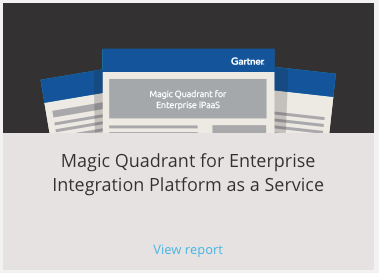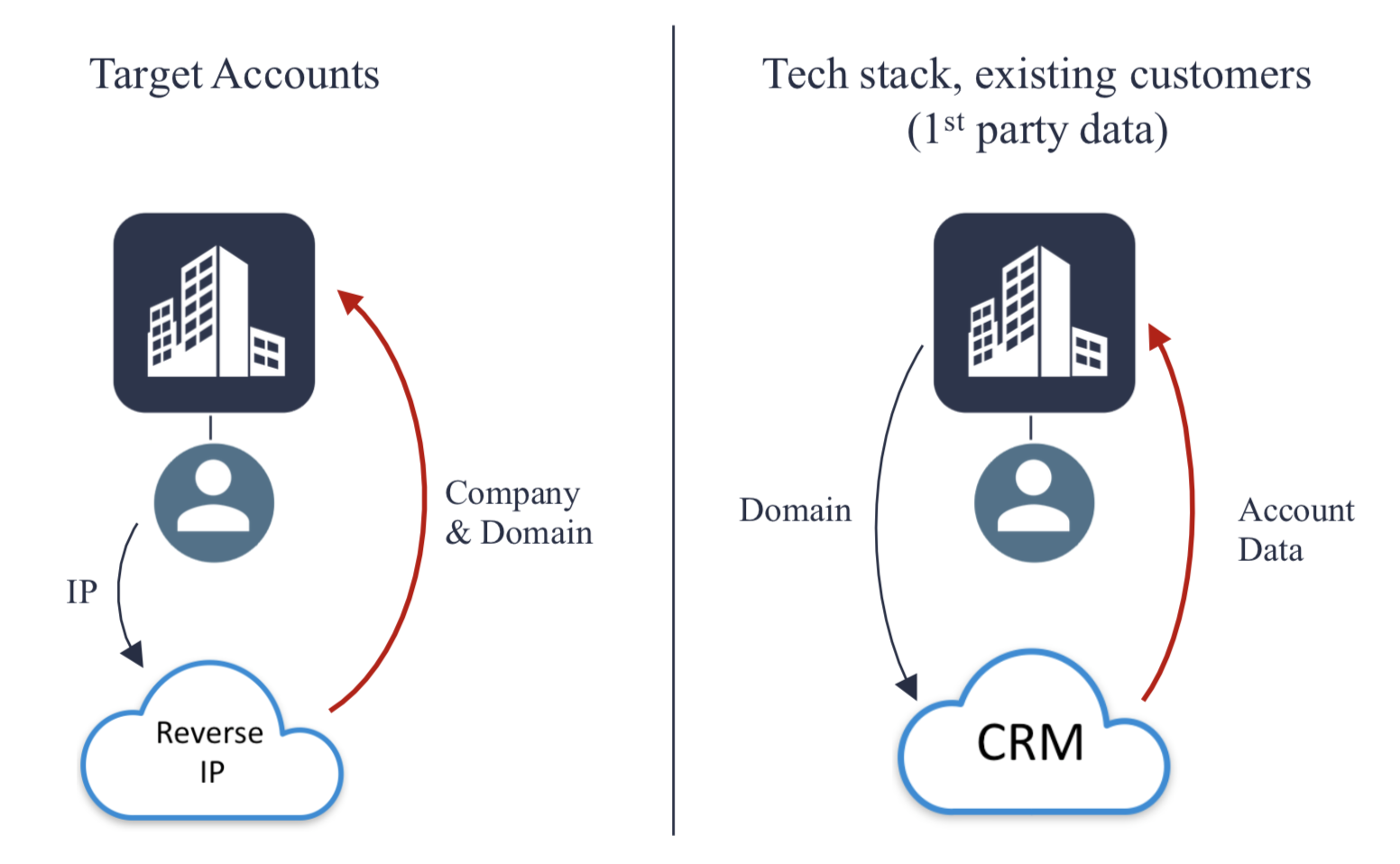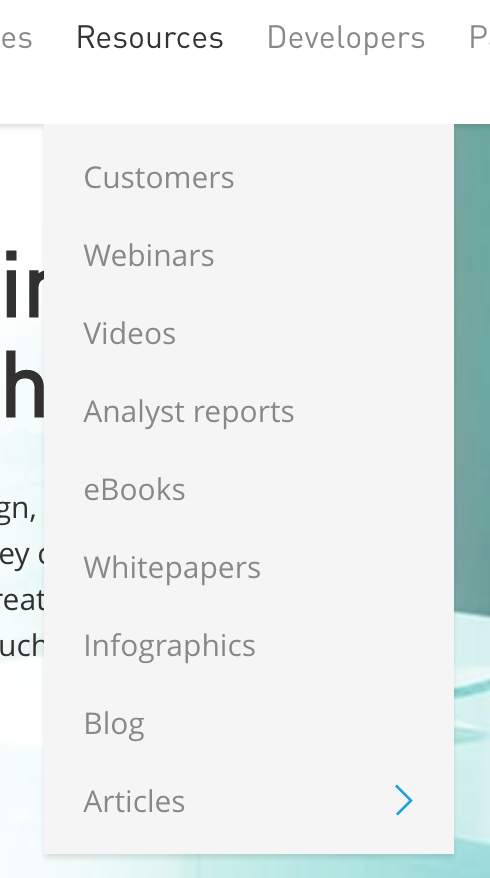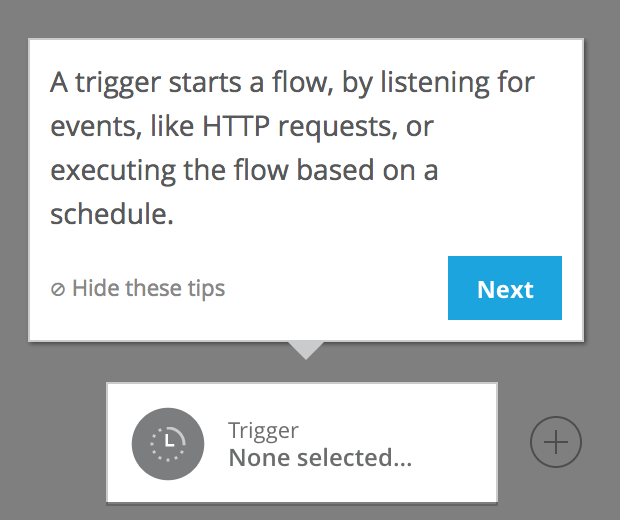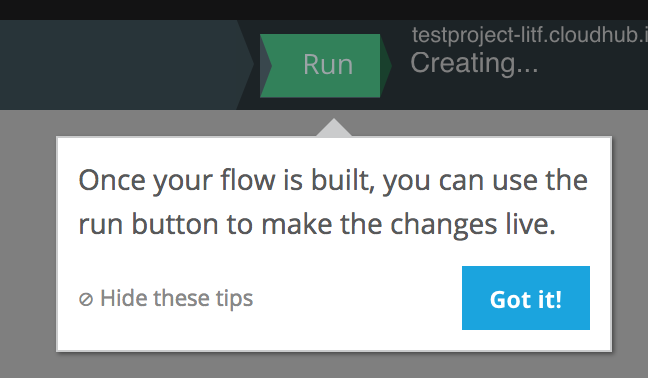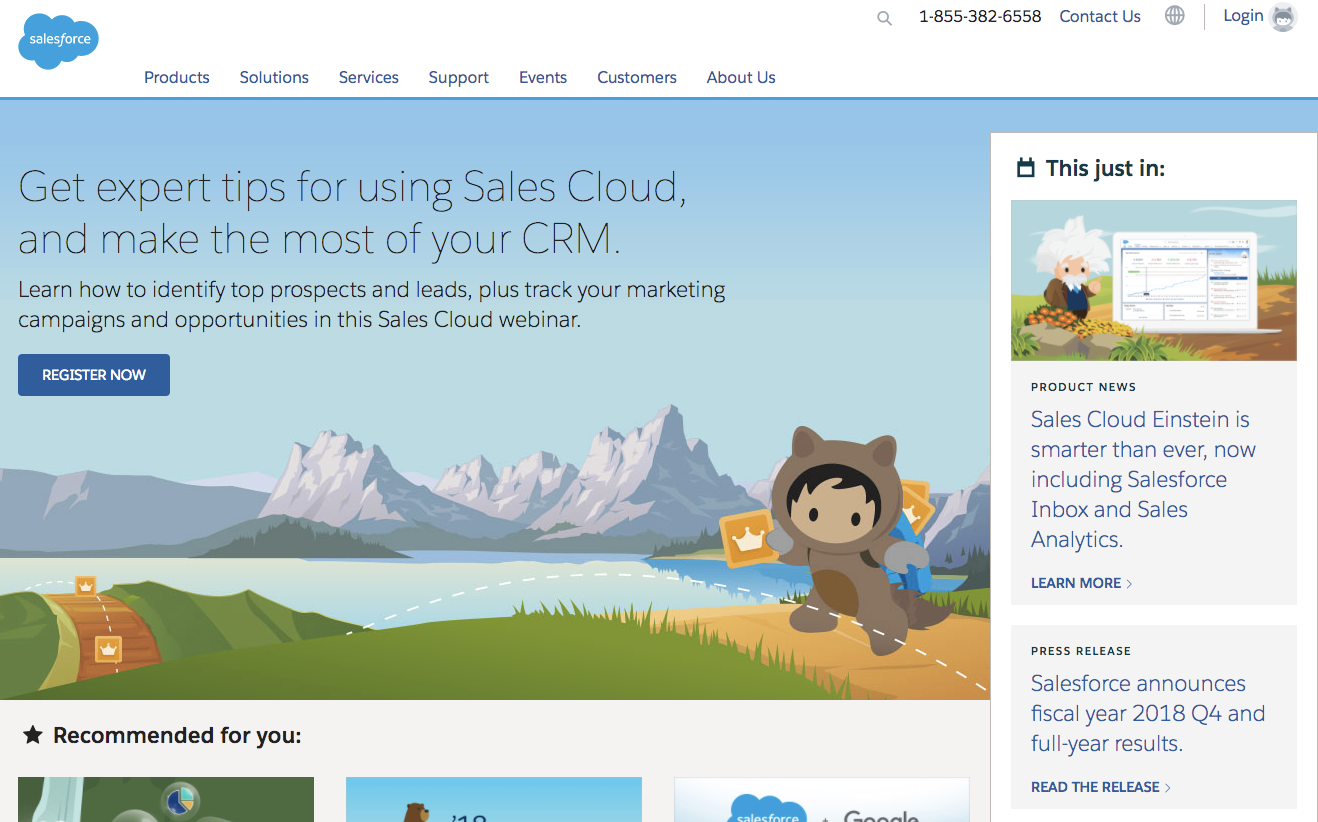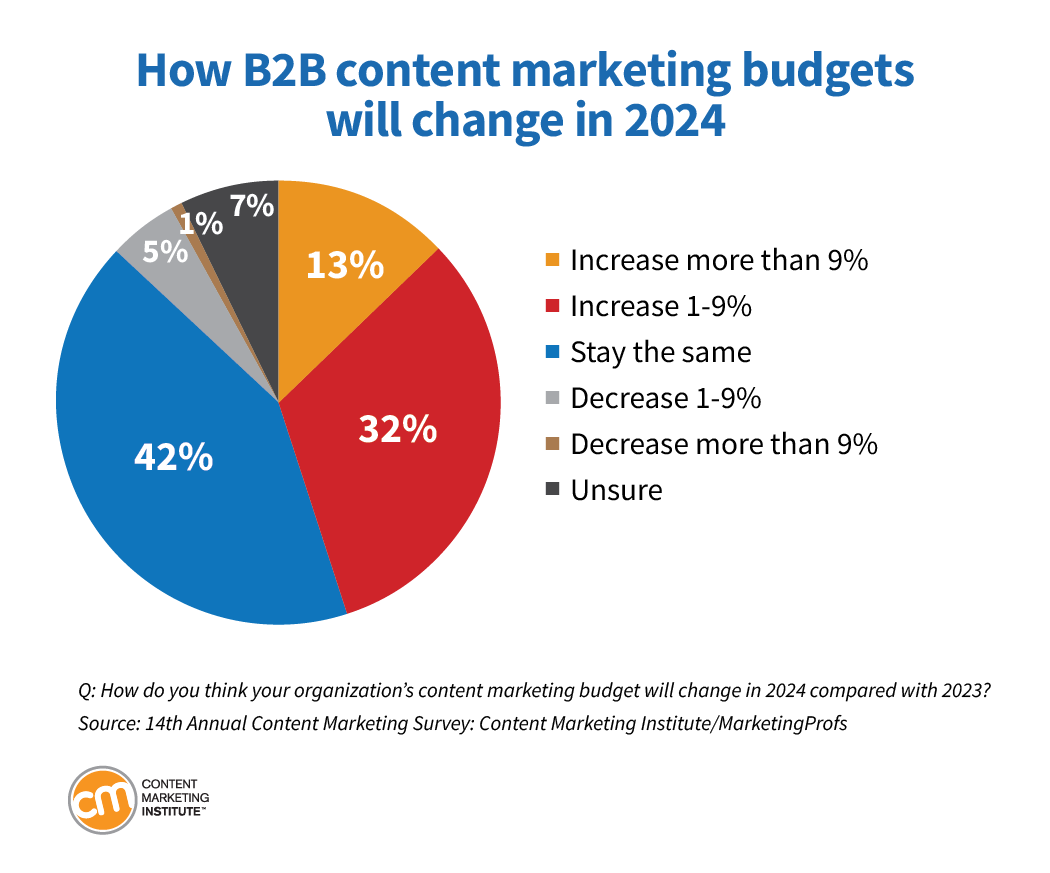How to Launch an Account-Based Marketing (ABM) Pilot That Scales Without Breaking Your Org
In theory, Account-Based Marketing (ABM) sounds like a no-brainer.
Personalized campaigns. Sales-marketing alignment. Focused revenue growth.
In practice, it’s usually chaos.
That’s especially true when enterprises with multiple business units and fragmented tech stacks try to roll out ABM org-wide.
In this episode, we’re breaking down a smarter playbook—one that FunnelEnvy used with a global B2B org to build alignment, improve lead quality, and prove ABM value through a tightly scoped pilot.
Don’t Start with a Rollout. Start with the Problem.
This enterprise didn’t come to us asking “how do we run ABM?”
They came asking: how do we fix the disconnect between our sales and marketing?
Sales had long been identifying and prioritizing accounts on their own, handing them off to marketing like an afterthought. The result? Reactive campaigns. Mismatched goals. Low respect for marketing-sourced leads.
ABM was just the wrapper for the real goal: better alignment and impact.
Step One: Scope Down the Chaos
Company-wide rollout? Not a chance.
Different teams used the CRM differently. No global data rules. No shared processes.
Trying to deploy ABM across the org would’ve crushed progress under politics and confusion. So we scoped it down:
- A single business unit
- A subset of the account list
- A few willing sales reps (aka champions)
That made it possible to:
- Test CRM workflows and lead routing logic
- Roll out new sequences and touchpoints
- Get buy-in through results, not slide decks
The Invisible ABM Experience Sales Actually Wants
You know an ABM program is working when sales doesn’t even notice it.
With the right setup, ABM should remove work from the sales team:
- Pre-qualified leads
- Pre-built sequences
- Standardized touchpoints
The pilot was designed to give sales what they wanted: better conversations with real buyers, not more manual follow-up.
“The best ABM campaigns take work off the sales team’s plate by normalizing touch points and using data to guide the next best action.”
Run the Campaigns That Already Work
Here’s where most marketers go wrong: They default to status quo campaigns: LinkedIn ads, generic outreach, broad nurturing.
We started with what already performed: webinars.
Not because they were easy. Because they worked.
We dug through historical campaign data and found:
- High-intent leads came from live events
- Webinars supported complex, high-ACV sales cycles
- Education-based engagement > ad impressions
So that’s what the pilot focused on: warming accounts through high-touch, educational experiences before the buying window.
Qualify Leads Through the Form, Not the BDR
Unqualified leads were a known issue.
The fix is to just add qualification into the form experience.
That meant:
- Streamlined, multi-step forms
- Embedded qualification questions
- Logic-based routing tied to buyer fit and intent
Not only did this improve lead quality, it reduced manual sales effort. And yes—we built this with a Reform Custom Form as part of the stack.
Want to See the Full Breakdown?
This blog only scratches the surface of what we covered.
Watch Part 1 of the conversation between Arun and David to go deeper into how to:
- Align cross-functional teams on ABM goals
- Roll out campaigns without disrupting the org
- Build a pilot that earns buy-in and scales the right way
🔗 Watch Part 1 of Episode 2 now
🔗 Run a smarter pilot with FunnelEnvy
🔗 Get Done-for-You Custom Forms here

